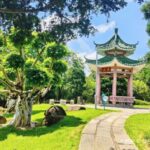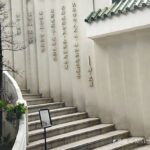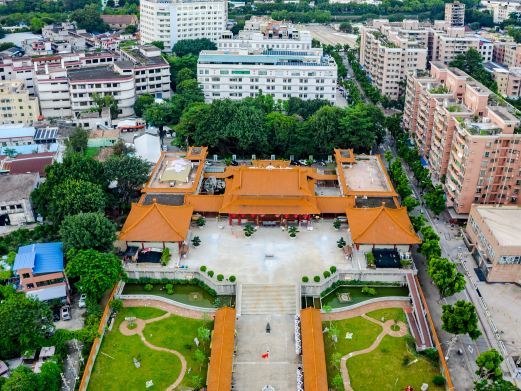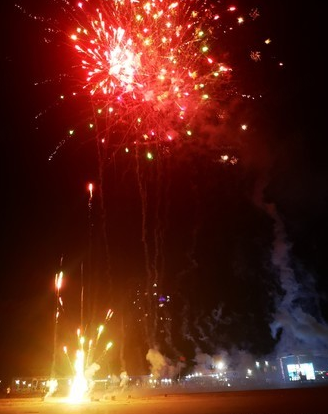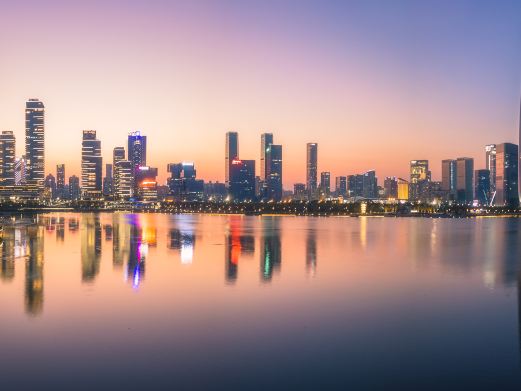The Tomb of Emperor Zhao Bing, also known as the Tomb of Emperor Zhao Bing of the Southern Song Dynasty, is the mausoleum of Emperor Zhao Bing, the last emperor of the Southern Song Dynasty. It is located within Guangdong Province and is one of the Song Dynasty imperial tombs. Unlike the grandness of typical imperial tombs, the Tomb of Emperor Zhao Bing is quite modest and offers a panoramic view of the entire cemetery.
Situated with Xiaonan Mountain to the north and Lingding Ocean to the south, the tomb is centrally located with a large stone stele in the middle of the burial ground. The stele is adorned with two carvings of auspicious dragons above and a relief of the sun in the center; the inscription on the stele reads ‘The Tomb of Emperor Zhao Bing of the Great Song Dynasty’ in eight golden characters (it is said that ‘Xiangqing’ should be ‘Xiangxing’, but in Cantonese, the pronunciations are similar).

Behind the stele is the tomb mound, enclosed by two semicircular walls. The front middle top is painted with auspicious clouds and the moon, while the back top is decorated with two dragons and the sun, with a phoenix bird below. To the east of the tomb, there stands a white stone stele from Quanzhou, with the inscription ‘The Record of the Tomb of Emperor Zhao Bing’ on the front, narrating the life of Emperor Zhao Bing, the story of Lu Xiufu carrying the emperor and sacrificing himself at sea, and the construction of the tomb.
